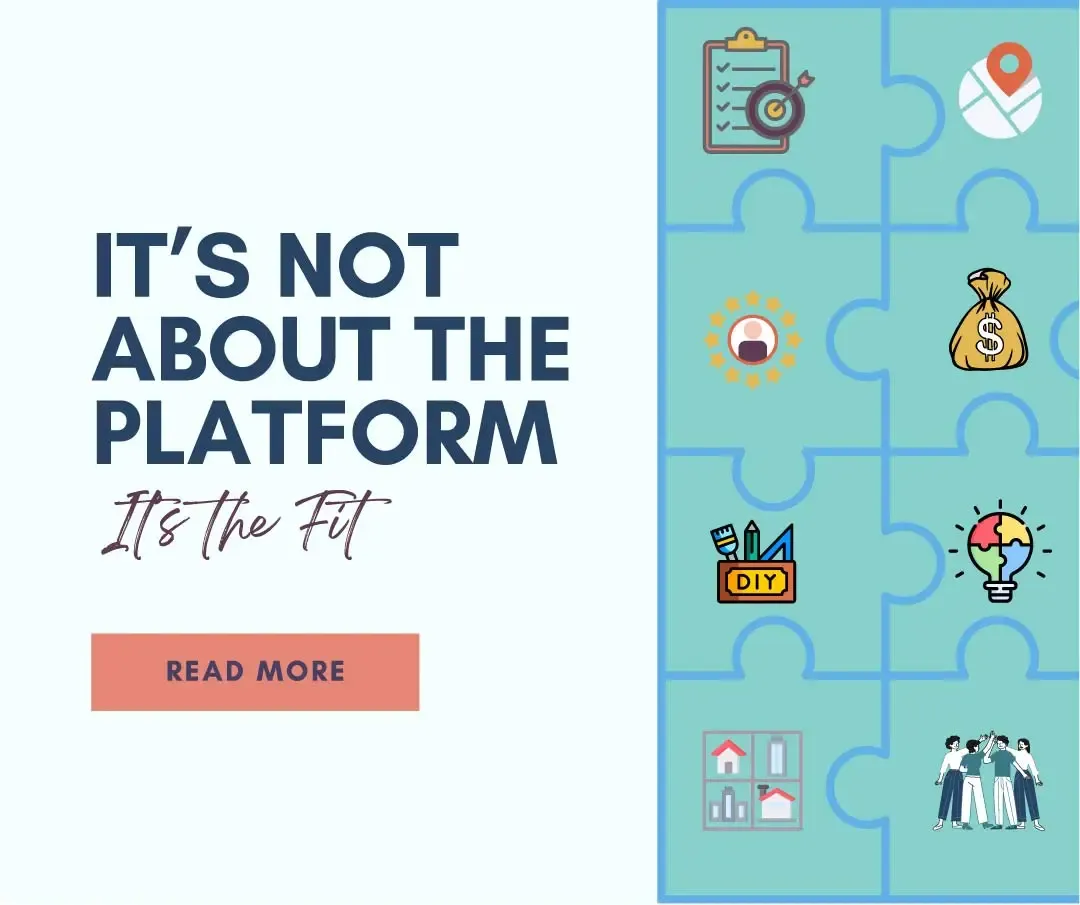Property management isn’t built in a box. Every portfolio, every market, and every company operates differently, which means the tools and service providers you choose should fit your specific needs.
We stay software agnostic on purpose. Why? Because there isn’t a single platform or provider that works best for every company. Our job is to understand your business, your clients, and your team so we can help you put together the systems and processes that make sense for you.
Never One-Size-Fits-All
Every company operates under a unique set of variables:
- Location & Market: Local regulations, rent control laws, and competitive pressures shape your operational needs.
- Asset Types: Managing single-family homes isn’t the same as managing luxury multifamily or commercial spaces. Not to mention the differences between Class A and Class D assets.
- Ownership Goals: Some owners want maximum profitability, others prioritize stability and long-term resident retention. Some are DIY Landlords while others are savvy investors.
- Resident Experience: Technology needs to match the expectations and demographics of the people you serve.
- Company Culture & Leadership Style: The personality and vision of the property management company owner directly influence which tools will work best.
- Team Tech-Savviness: A powerful platform only works if your team is comfortable and confident using it. Are you in a tech heavy community or are we still struggling to text?
With so many moving parts, locking into a single “one-size-fits-all” tech stack can lead to costly mismatches, frustrated teams, and poor resident experiences.
How We Help You Find the Right Fit
We’ve tested and worked with just about every setup you can imagine; different platforms, integrations, automation tools, reporting systems, and service providers. If you are exploring tools we don't have experience with, we will dive in with you and find the edges of the functionality. We love helping our clients go into new tools with their eyes wide open. That means separating the sales pitch from the real world functionality.
When we work with a company, we start by looking at where you are today and where you want to go. We look at your workflows, your team, your goals, and your pain points. From there, we help you compare options and choose the tools that best support you.
We dive into the technology you are using today. Best case? You don't need another software, you just need to get more out of the tools you have access to. If new tech is needed, we will help you find the solution. We will look at the functionality, but also integration possibilities, ease of use, and define realistic build out needs and implementation.
Because we aren’t tied to a single platform or provider, our recommendations are based on what’s best for your company, not what’s best for us.
A Quick Note on Partnerships
We are transparent about the relationships we have in the industry. We do have partnerships with a few companies, but they exist primarily to give us better access and better insights so we can support our clients more effectively.
In most cases, a partnership gives us things like sandbox accounts, direct access to product teams, and priority support. That means we can test features before rollout, troubleshoot issues faster, and give you more informed recommendations.
There are a few situations where a partnership includes referral fees, but they are disclosed and never the reason we suggest a tool. If ever there is question on our intent in selecting a tool, we will refuse a referral fee in order to maintain trust with our clients. If we recommend a solution, it’s because we believe it’s the right fit for you, period.
The Bottom Line
The right software isn’t about chasing trends or the latest shiny thing. It’s about building a stack that supports your business, your team, and your residents. Staying software agnostic gives us the flexibility to help you make decisions based on your goals — not ours.
If you’re ready to figure out what makes sense for your company, we can help you scope it out and build a tech stack that actually works.
